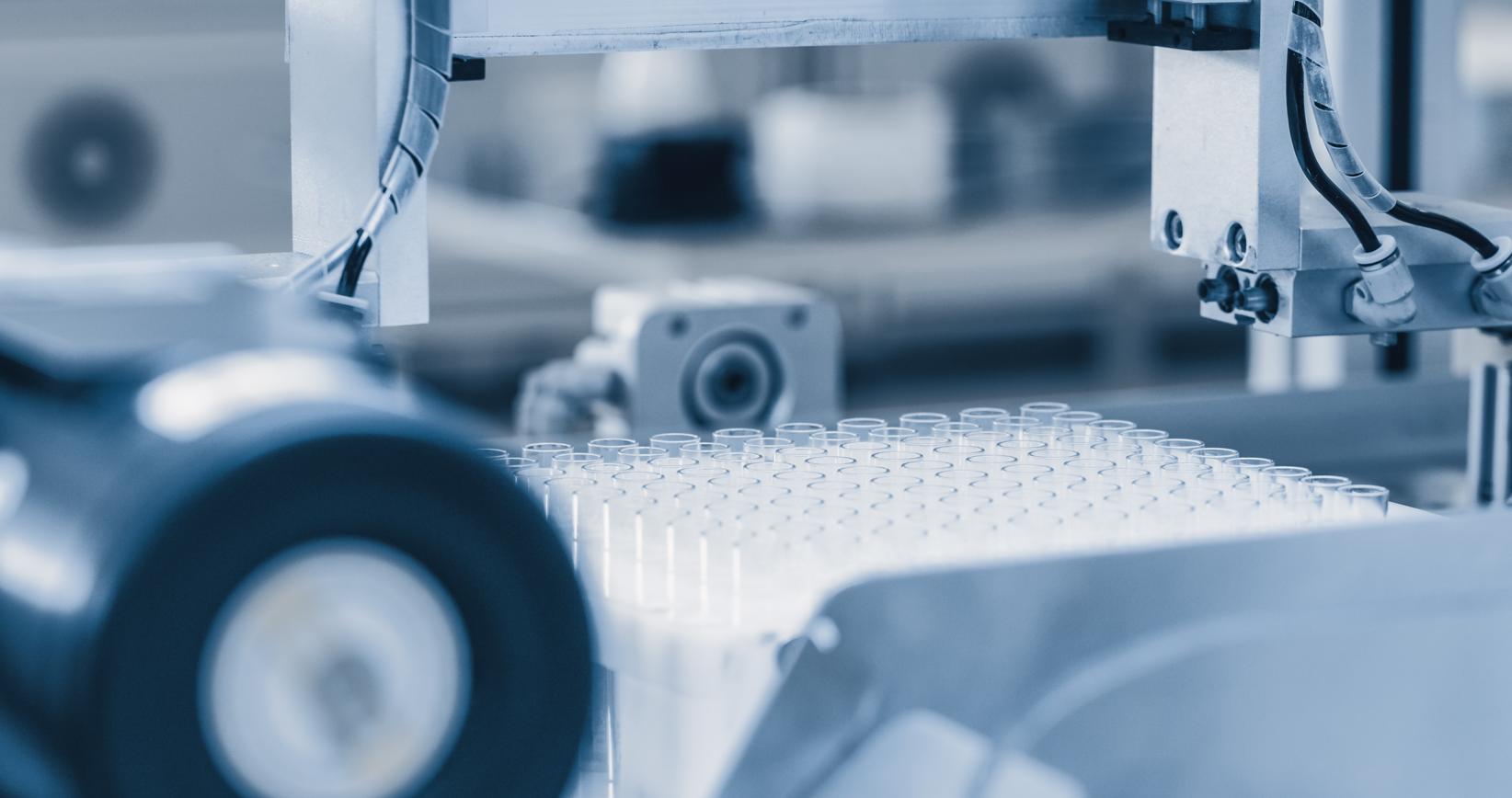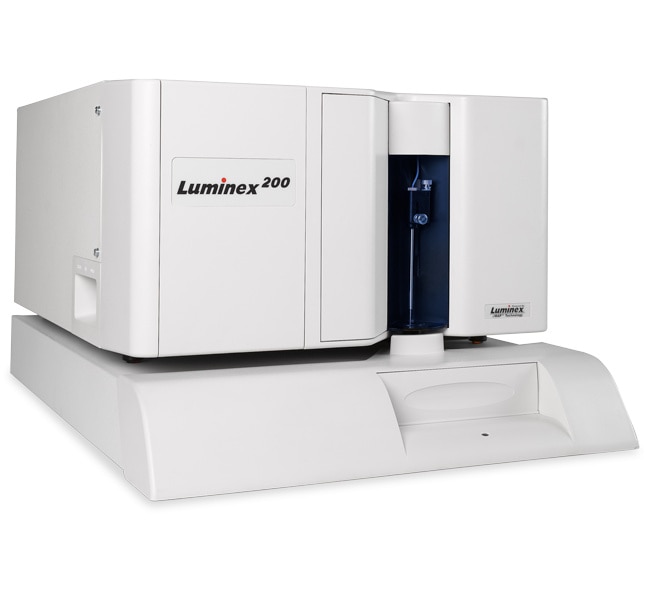
- Home
-
Customized Luminex Solution
Customized Canine Cytokine Assay Customized Guinea Pig Cytokine Assay Customized Human Cytokine Assay Customized Mouse Cytokine Assay Customized Porcine Cytokine Assay Customized Rabbit Cytokine Assay Customized Sheep Cytokine & Chemokine AssayBody Fluid Samples Cytokine Assay Cell Culture Conditioned Media Cytokine Assays PBMC Cytokine Assay Saliva Cytokine Assay Serum & Plasma Cytokine AssayApoptosis Cytokines Assay Atopic Dermatitis Cytokines Assay Autoimmune Disease Cytokines Assay Cancer Cytokines Assay Cardiovascular Disease Biomarker Assay Cytokine Storm Assays Diabetes Cytokines Assay Hypertension Cytokines Assay Immunomodulatory Cytokines Assay Inflammation Cytokines Assay Osteoporosis Cytokines Assay Rheumatoid Arthritis Cytokines Assay Systemic Lupus Erythematosus Cytokines AssayChemokines Detection Colony-Stimulating Factors (CSF) Detection Growth Factors (GF) Detection Interferon (IFN) Interleukins (IL) Detection Tumor Necrosis Factors (TNF)Chemokines CXC Subfamily Detection Service Chemokines C Subfamily Detection Service Chemokines CX3C Subfamily Detection Service Chemokines CC Subfamily Detection ServiceTGF-α Detection Service TGF-β Detection Service EGF Detection Service VEGF Detection Service FGF Detection Service NGF Detection Service PDGF Detection Service IGF Detection ServiceIL-34 Detection Service IL-35 Detection Service IL-36 Detection Service IL-37 Detection Service IL-38 Detection Service IL-39 Detection Service IL-1 Detection Service IL-2 Detection Service IL-3 Detection Service IL-4 Detection Service IL-5 Detection Service IL-6 Detection Service IL-7 Detection Service IL-8 Detection Service IL-9 Detection Service IL-10 Detection Service IL-11 Detection Service IL-12 Detection Service IL-13 Detection Service IL-15 Detection Service IL-17 Detection Service IL-18 Detection Service IL-19 Detection Service IL-20 Detection Service IL-21 Detection Service IL-22 Detection Service IL-23 Detection Service IL-24 Detection Service IL-25 Detection Service IL-26 Detection Service IL-27 Detection Service IL-28 Detection Service IL-29 Detection Service IL-31 Detection Service IL-32 Detection Service IL-33 Detection ServiceALK Signaling Pathway Assay ROS1 Signaling Pathway Assay Angiogenesis Signaling Pathway Assay DNA-PK Signaling Pathway Assay MELK Signaling Pathway Assay CDK Signaling Pathway Assay ROCK Signaling Pathway Assay APC/C Signaling Pathway Assay PLK Signaling Pathway Assay Wee1 Signaling Pathway Assay PDK-1 Signaling Pathway Assay KLF4 Signaling Pathway Assay S6 Kinase Signaling Pathway Assay EGF/EGFR Signaling Pathway AssayApoptosis Pathway Assay Autophagy Pathway Assay Exosomes Pathway Assay Ubiquitin-Proteasome Pathway Assay GPCR Pathway Assay Calcium Signaling Pathway Luminex Assay Epigenetics Pathway Assay OCT3/4 Signaling Pathway Luminex Assay Sox2 Signaling Pathway Luminex Assay TGF-β/SMAD Signaling Pathway Luminex Assay Necroptosis Pathway Assay Cellular Senescence Pathways Assay LRRK2 Signaling Pathway Assay CXCR Signaling Pathway Assay C-MYC Signaling Pathway AssayAkt Pathway Assay Integrin Signaling Pathway Assay JAK/STAT Pathway Assay MAPK Pathway Assay TCR Pathway Assay Toll-Like (TLR) Signaling Pathway Luminex Assay TNF Signaling Pathway Assay Pyroptosis Pathway Assay BCR Pathway Assay NF-kB Pathway Assay Death Receptor Pathway Assay TGF-β Signaling Pathway Assay ERFG Pathway Assay Notch Signaling Pathway Assay RAS Pathway Assay mTOR Signaling Pathway Luminex Assay PI3K-Akt Pathway Assay P53 Pathway Assay IL-17 Signaling Pathway Assay Th17 Pathway Assay RLRs Signaling Pathway Assay NOD-like Receptor Pathway Luminex Assay AMPK Pathway Assay VEGF Pathway Assay Actin Dynamics Pathway Assay Rho-ROCK Pathway Assay Leukocyte Transendothelial Migration Pathway Luminex Assay Chemokine Signaling Pathway Luminex Assay CAMs Signaling Pathway AssayWarburg Effect Signaling Pathway Luminex Assay Obesity Pathway Assay Diabetes Pathway Assay Lipid Metabolism Pathway Assay Adiponectin Signaling Pathway Assay Chemerin Pathway Assay Vaspin Signaling Pathway Assay Omentin Signaling Pathway Assay IL-6 Signaling Pathway Assay NGF Signaling Pathway Assay Apelin Signaling Pathway Assay Lipocalin Signaling Pathway Assay HGF Signaling Pathway Assay Leptin Signaling Pathway Assay MCP-1 Signaling Pathway Assay PAI-1 Signaling Pathway Assay Resistin Signaling Pathway Assay RBP4 Signaling Pathway Assay IGF-1 Signaling Pathway Assay TNF-α Signaling Pathway Assay
- Luminex Cytokine Panel
- Multiplex Assay Kits
- Platform
- Resource
- About Us











